An elbow nudge here, and an elbow nudge there. Finally, your bed partner’s snoring stops after he/she rolls to the side position. Ahhh, silence! A little while later, you get awakened from your partner’s snoring only to discover he or she had rolled again onto his/ her back. Again, the snoring resumes! In most cases, this goes on over and over disrupting both bed partners’ sleep leading to daytime sleep deprivation symptoms. In need of getting a better night’s sleep, you may soon find yourself in another bedroom. And so the pattern continues….
Chronic snoring noises often result from the vibration of tissue in the back of the throat. A narrowing in the airway during sleep leads to increased airway pressure zones during inhalation and exhalation. This increased pressure of air trying to pass through the narrowed zones causes the vibration commonly known as snoring.
Although there are many reasons why the airway gets ‘narrowed’, it’s important to note that most chronic snoring should be evaluated by a trained healthcare provider to rule out a potentially life threatening condition called obstructive sleep apnea (OSA). During OSA, the airway becomes very narrow or even closes off resulting in pausing in breathing and the oxygen lowers or dips in the blood levels. These chronic ‘oxygen dips’ have been linked to many chronic health conditions including a higher risk of heart attacks, strokes, and even automobile accidents.
After a medical evaluation a person may be cleared of OSA, but the snoring still may continue when sleeping on the back position.
For those that continue to snore only on their back and are searching for ways to sleep on their side, we are including some suggestions that may help:
Parker Pillow: http://www.comforthouse.com/snorerelief.html
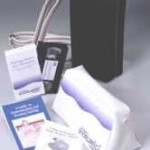
Rematee Products: http://www.antisnoreshirt.com/help_answer.asp?ID=24
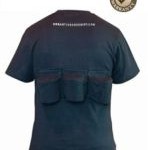
Side Sleeper Bed Wedge: http://www.relaxtheback.com/sleep/bed-wedges/side-sleeper-bed-wedge.html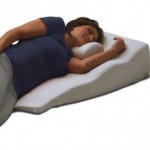 Homemade devices—tennis balls sewn into the back of a shirt
Homemade devices—tennis balls sewn into the back of a shirt
Most of these devices can be used nightly and are easy to travel with. Often they can be used to train a person not to favor the back during sleep. Nightly use is recommended for the first several weeks. Slowly decreasing the frequency of use may help retrain your sleep position. If snoring resumes, it’s time to bump up the frequency of use again. If you find yourself with several failed attempts of retraining, or if the snoring persists in all sleep positions; you may need to get your snoring evaluated by a trained health care professional. Other treatment options that may be considered after consult include professional oral appliance therapy or surgery.
>>To receive notice of when we add blog posts please subscribe by RSS feed or enter your email address to the left and receive notice in your inbox.<<
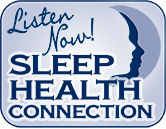

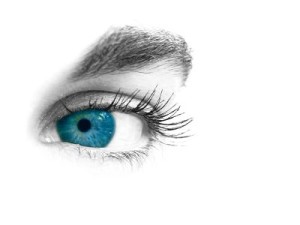
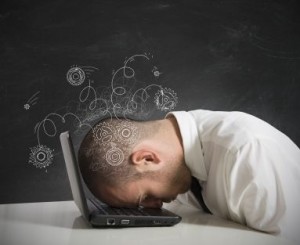
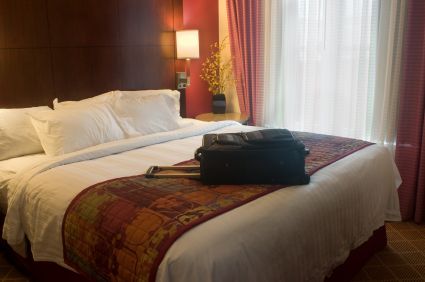







(630) 369-5508